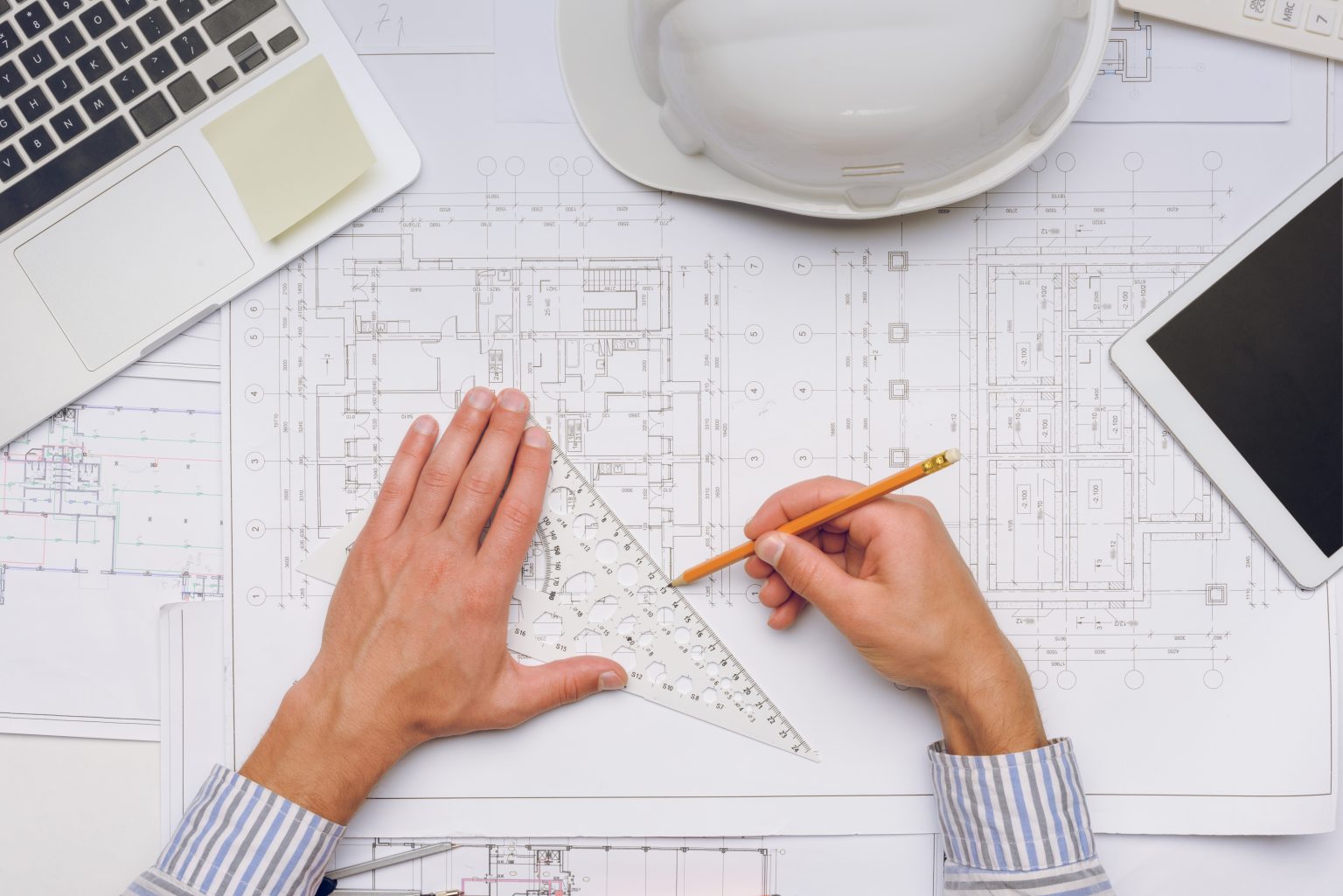
With the rise of prefabricated jail cells, correctional facility building is changing. These modular, pre-assembled pieces challenge standard construction methods with cost-efficiency, security, and speedier completion.
The prefabricated jail cells are made in a controlled facility before being delivered to the construction site, unlike brick-and-mortar. These components blend into the correctional facility's framework. This paradigm shift addresses various concerns with traditional construction methods.
Prefabricated prison cells are cost effective. Costs can be controlled and reduced by streamlining the manufacturing process, and reducing on-site skilled labour. The controlled atmosphere of a factory and the reduced requirement for construction materials save waste and improve budgeting.
A major advantage is the time saved. Traditional construction processes are often delayed by weather, logistics, or labor shortages. Prefabrication eliminates steelcell these problems because the majority of work is performed off-site. This faster timetable helps fulfill tight deadlines and saves money.
Quality control and consistency underpin prefabricated jail cells. Controlled manufacturing adheres to strict specifications and standards. Production uniformity is the key to ensuring that the quality of jail cells is consistently high, as on-site construction is not possible.
In prison buildings, security is paramount. Prefabricated jail cells can include advanced security elements. This holistic approach ensures that security components are seamlessly integrated into cell design and structure.
Prefabrication is environmentally friendly and sustainable. Prefabricated cells can be built using green principles, due to the minimal waste of materials, eco-friendly materials, and transportation.
Prefabricated detention cells are versatile. Modular units can be tailored to fit any size or layout, as well as for security. Customization adaptability meets numerous correctional facility needs without extensive construction alterations.
Prefabricated jail cells do present some obstacles. Prefabrication is generally seen as a one-size-fits-all solution, which might raise questions about its applicability for different correctional settings. Understanding prefabrication's flexibility and customization is key to changing this view.
Logistics like transporting prefabricated units and integrating them into existing or new infrastructure require careful planning. Prefabrication can speed up construction, but logistical errors can cause delays and issues.
The changing focus of correctional institution design on rehabilitation and mental health requires constant innovation in prefabricated jail cell construction. These units need to adapt to changing jail policies and mental health.
Prefabricated jail cells change correctional institution building by blending efficiency, security, and adaptability. To navigate this complex landscape, innovation must be balanced against safety, rehabilitation and humanity.
Prefabricated cells are more than just a building. It shows a shift toward efficiency, security, and humanity in correctional facility design. Each prefabricated cell on this journey of transformation shows how justice and rehabilitation can be balanced while maintaining practicality.